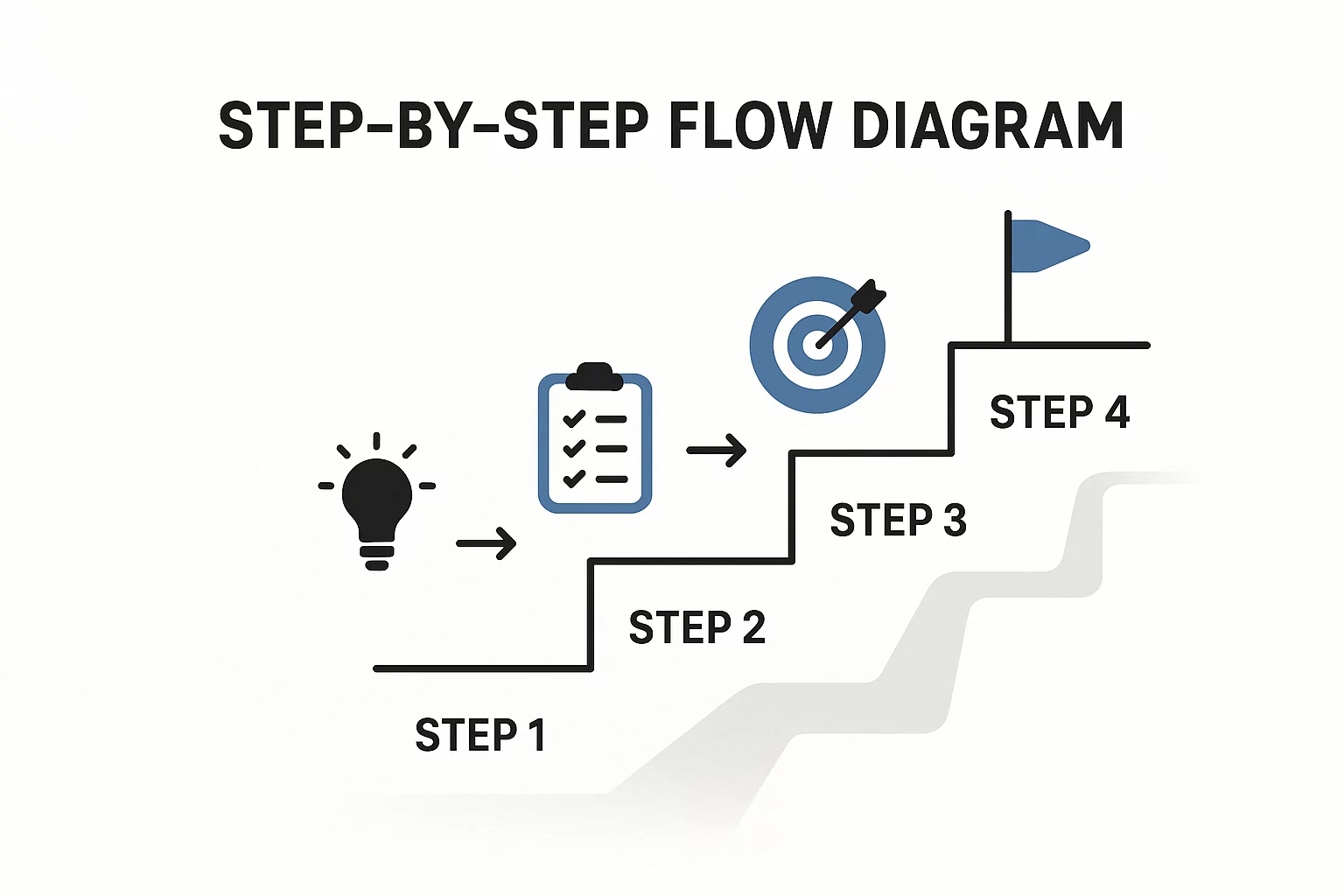The moment your first solar module comes off the new production line is a milestone worth celebrating—the culmination of vision, investment, and hard work. But as the initial excitement settles, a critical question comes into focus: What is the plan for year two, year five, and year ten?
Many business plans meticulously detail the initial capital expenditure for a factory but treat long-term operational costs as a footnote. This is a significant oversight. A truly sustainable and profitable solar manufacturing venture isn’t defined by its grand opening, but by its ability to remain competitive and efficient over decades.
This requires a clear-eyed strategy for two often-underestimated factors: ongoing maintenance and inevitable technology upgrades. Without forecasting these future costs, even the most promising project risks becoming financially strained and technologically obsolete.
The Reality of Day-to-Day Operations: Maintenance and Spare Parts
A modern solar module production line is a sophisticated ecosystem of precision machinery, not an asset you can simply ‘set and forget’. Maintaining peak performance and avoiding costly downtime requires budgeting for a disciplined maintenance strategy from day one.
Global energy trends reinforce the importance of operational excellence. According to the International Energy Agency’s (IEA) ‘World Energy Investment 2023’ report, annual clean energy investment is now projected to be 70% higher than spending on fossil fuels. With solar leading this charge, the market rewards reliability and consistency. An idle production line is not just a technical problem; it’s a lost opportunity in a rapidly growing market.
Effective long-term planning involves two key areas:
-
Preventive Maintenance: This includes scheduled servicing, calibration, and replacement of wear-and-tear components. This proactive investment prevents larger, more expensive failures down the line.
-
Spare Parts Inventory: An unexpected component failure is inevitable. Having a well-managed inventory of critical spare parts on-site can mean the difference between a few hours of downtime and weeks of waiting for a shipment—a delay that can cripple production schedules and damage client trust.

Think of your factory not as a single machine, but as a fleet of high-performance industrial assets, each requiring expert care to deliver the returns you expect. A reliable partner will not only build your factory but also provide a detailed maintenance schedule and a recommended spare parts list. This foresight is a core component of our turnkey solutions, ensuring you are prepared for the realities of daily operation.
The Unstoppable March of Technology: Planning for Upgrades
The solar industry never stands still; its rapid pace of innovation is one of its greatest strengths. According to the Fraunhofer Institute for Solar Energy Systems’ 2024 Photovoltaics Report, solar technology is constantly evolving. Cell concepts like TOPCon and HJT are steadily replacing the long-standing PERC technology to achieve higher efficiency levels.
For you as a factory owner, this means the state-of-the-art modules you produce today will likely be considered standard or even entry-level in five to seven years. To remain competitive, you must plan to upgrade your production capabilities.
This isn’t a sign of poor initial planning; it’s a strategic necessity driven by the market. The goal is always to lower the Levelized Cost of Electricity (LCOE)—the total lifetime cost of producing solar power. Higher-efficiency modules generate more power from the same area, directly contributing to a lower LCOE for the end customer. As your competitors adopt newer technologies, you must be prepared to do the same.

The ‘Renewables 2023’ report from the IEA highlights that solar PV is expected to account for almost three-quarters of the growth in renewable capacity worldwide. In such a competitive landscape, technological relevance is directly tied to profitability. An upgrade should not be an unforeseen expense; it should be a planned investment in the long-term future of your business.
How to Model These Future Costs in Your Business Plan
Integrating these long-term costs into your financial model transforms them from potential crises into manageable investments. Here is a practical framework for doing so.
-
Budget for Ongoing Maintenance
A common industry practice is to allocate 1-3% of your initial equipment cost annually for maintenance and spare parts. While this is a helpful starting point, a more detailed plan developed with your equipment partner will provide greater accuracy. This budget should be a dedicated line item in your annual operational forecast. -
Develop a Technology Roadmap
A forward-thinking equipment partner does more than just sell you today’s technology; they provide a clear path to tomorrow’s. When evaluating a production line, ask critical questions:- What is the upgrade path for this equipment over the next five to ten years?
- Can key machines be upgraded modularly, or will the entire line need to be replaced?
- What are the projected costs and downtime associated with a future upgrade to the next generation of cell technology?
This strategic conversation is fundamental to our approach at J.v.G. We design our lines with the future in mind, ensuring your initial investment is protected and can be enhanced over time.

- Establish a Capital Expenditure (CapEx) Reserve
Instead of reacting to the need for an upgrade, plan for it. Setting aside a portion of your profits into a dedicated fund—often called a sinking fund or CapEx reserve—builds the financial capacity for future investments. This proactive step turns a potentially disruptive capital demand into a scheduled, predictable business decision.
Frequently Asked Questions
How often will I need to upgrade my solar module factory?
While minor improvements may happen continuously, a major technology upgrade—for example, shifting from PERC to TOPCon production—is typically considered every 5-7 years. The exact timing depends on the pace of innovation and the competitive dynamics in your specific market.
Can my entire production line be upgraded, or do I need to start over?
A well-designed, modular production line allows for targeted upgrades. Often, only a few key machines (like the cell stringer and laminator) need to be replaced or modified to handle a new technology. This approach is far more cost-effective than a complete replacement and protects the value of your initial investment.
What is the biggest mistake new factory owners make regarding long-term costs?
The most common mistake is focusing exclusively on the initial purchase price of the factory. This overlooks the total cost of ownership. Failing to budget for spare parts, preventive maintenance, and future technology upgrades can leave a business vulnerable and uncompetitive within a few years.
Your Partner for the Long Haul
A successful solar module factory is not a one-time transaction but a long-term industrial asset that requires strategic foresight and continuous management. Planning for its entire lifecycle is the key to sustainable profitability.
Building a financial model that accounts for maintenance and future upgrades may seem complex, but you do not have to do it alone. For over 25 years, we have guided entrepreneurs across the globe through this process, helping them build businesses that are not only profitable today but are prepared for the challenges and opportunities of tomorrow.
If you are ready to build a business with a solid foundation for the future, contact us to start the conversation.
